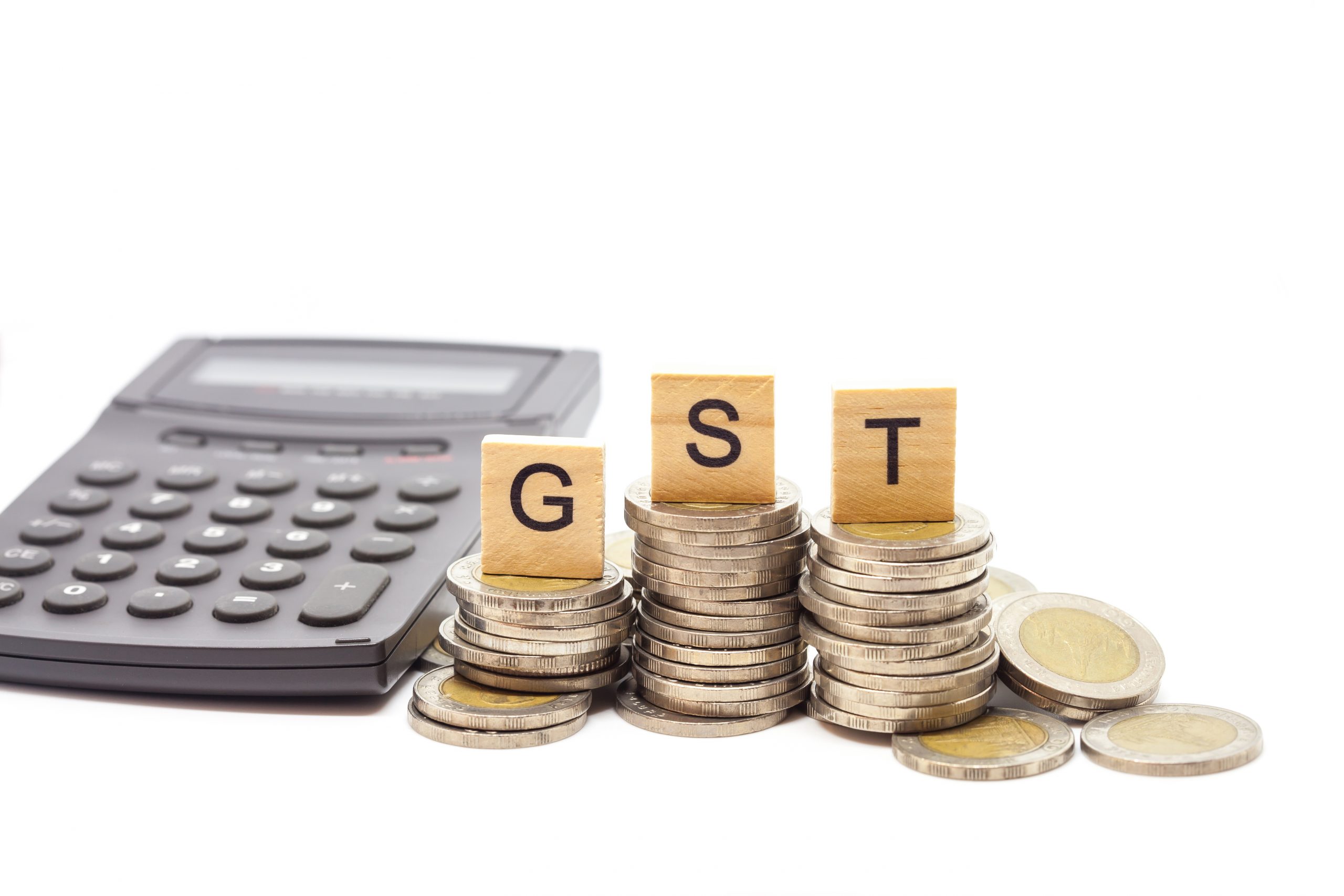- Courses
- GS Full Course 1 Year
- GS Full Course 2 Year
- GS Full Course 3 Year
- GS Full Course Till Selection
- Answer Alpha: Mains 2025 Mentorship
- MEP (Mains Enrichment Programme) Data, Facts
- Essay Target – 150+ Marks
- Online Program
- GS Recorded Course
- Polity
- Geography
- Economy
- Ancient, Medieval and Art & Culture AMAC
- Modern India, Post Independence & World History
- Environment
- Governance
- Science & Technology
- International Relations and Internal Security
- Disaster Management
- Ethics
- NCERT Current Affairs
- Indian Society and Social Issue
- NCERT- Science and Technology
- NCERT - Geography
- NCERT - Ancient History
- NCERT- World History
- NCERT Modern History
- CSAT
- 5 LAYERED ARJUNA Mentorship
- Public Administration Optional
- ABOUT US
- OUR TOPPERS
- TEST SERIES
- FREE STUDY MATERIAL
- VIDEOS
- CONTACT US
FINANCE ACT 2025
FINANCE ACT 2025
26-04-2025

- Every year, the government presents a Budget. It tells how much money it wants to earn and spend.
- But to make the Budget official, the government needs to pass a Finance Bill.
- The Finance Bill is a law that allows the government to collect taxes and spend money.
- It includes all the tax changes (like increase or decrease in income tax, GST, customs duty, etc.)
- The government presents the Finance Bill in Lok Sabha (the lower house of Parliament).
- Because it is a Money Bill, only Lok Sabha can pass it. Rajya Sabha can give suggestions, but cannot stop it.
- It must be passed before April 1 — when the new financial year starts.
- After Lok Sabha passes it, and Rajya Sabha gives its suggestions, the President signs it.
- Once the President signs it, it becomes a Finance Act (a law).
- To summarise Finance Bill = The legal permission to collect taxes and use money as per the Budget.
Key Amendments in Finance Act 2025
- Indian residents can now indirectly invest in offshore funds managed from India without affecting the fund’s non-resident tax status under safe harbour rules.
- The 6% Advertisement Equalisation Levy (Ad EL) on payments for online ads to foreign companies is withdrawn for payments received or receivable on or after 1 April 2025.
- A new presumptive taxation scheme applies to foreign companies providing services or technology in electronics manufacturing and overrides older net or gross basis tax rules.
- If there is a significant mismatch between the current and previous year’s tax return, the system will auto-adjust income or tax liability using AI-based processing.
- Block assessment after a tax search will now apply only to undisclosed income (UDI), not to regular income reported in previous filings. This change in block assessment will apply retrospectively from 1 September 2024.
WITHDRAWAL OF ADVERTISEMENT EQUALISATION LEVY (AD EL)
What is Equalisation Levy (EL)?
- In 2016, the Indian government brought a special tax called Equalisation Levy.
- It applies to foreign digital companies like Google or Facebook.
- These companies earn a lot of money from Indian users, through ads or online sales.
- But they don’t have an office or branch in India — so they were not paying income tax here.
- To fix this, India started charging tax on the money they earn from Indian customers — this tax is called Equalisation Levy (EL).
Ad EL (Advertisement Equalisation Levy)
- Started on 1 June 2016.
- If an Indian business paid a foreign company for online ads, it had to deduct 6% tax before paying.
- Example: If a company paid ₹100 to Facebook for ads, ₹6 had to be given to the Indian government as Ad EL.
- This was only for advertising and marketing services.
- This 6% tax was called Ad EL.
E-com EL (E-commerce Equalisation Levy)
- Started later in April 2020.
- This tax was 2% on e-commerce sales made by foreign platforms to Indian users.
- Example: Amazon selling to Indian customers, Booking.com giving hotel bookings in India.
- This was a wider tax than Ad EL — it applied to any sale or service done online by a foreign company.
- It was called E-com EL.
What Changed
Finance Act (No. 2), 2024:
- This law removed the 2% E-commerce Equalisation Levy (E-com EL).
- This means: From 1 August 2024, foreign online platforms like Amazon, Booking.com, AliExpress, etc., will no longer be charged this 2% tax on their sales or services to Indian users.
- Earlier, they had to pay 2% tax on any amount they earned from:
- Selling products to Indian users, or
- Providing services through websites or apps accessed in India.
- This change was made because India is cooperating with other countries under a global tax reform called the OECD BEPS 2.0 Project.
- This global reform has two parts (Pillars):
- Pillar One – Ensures that big digital companies pay taxes where they earn users and profits, not just where they are based.
- Pillar Two – Sets a minimum global tax rate to prevent tax avoidance by shifting profits to low-tax countries.
- So, India is phasing out its own digital taxes like E-com EL, to make way for this new, unified global tax system.
Amended Finance Bill (FB) 2025:
- This further step removes the 6% Advertisement Equalisation Levy (Ad EL).
- This tax applied to Indian companies when they paid foreign companies like Google, Meta, LinkedIn for:
- Online advertisements
- Digital marketing services
- Until now, Indian advertisers had to deduct 6% from the payment and give it to the Indian government.
- Now, the government says:
→ For any payment received or receivable on or after 1 April 2025,
→ This 6% Ad EL will no longer be charged. - This is also part of India's move to align with global digital tax rules.
- Instead of a special digital tax, India will now tax these companies using its normal income tax laws, if they meet certain criteria (like Significant Economic Presence).
How Will They Be Taxed Now?
- After the withdrawal of Ad EL (6%), the income of foreign companies from Indian ad services will now be taxed under the Income Tax Act.
- India will apply a rule called Significant Economic Presence (SEP) to decide whether a foreign company is taxable.
What is SEP (Significant Economic Presence)?
- SEP means that a foreign company can be taxed in India even if it has no physical office or branch here
- If it earns a large amount of money from Indian users
- If it has a large number of Indian users interacting with its platform.
Conditions for SEP – Tax Can Apply If:
- The company earns more than a specified amount of revenue from India.
- The company has “systematic and continuous engagement” with Indian users, like through apps, websites, or data collection.
- The government has notified monetary/user thresholds for SEP (these are updated in official notifications).
What If the Company Has No PE (Permanent Establishment) in India?
- PE means a fixed place of business — like an office, factory, or branch.
- If a company does not have a PE, Indian tax law would normally not apply.
NEW PRESUMPTIVE TAX SCHEME FOR ELECTRONICS SERVICES/TECHNOLOGY
- Foreign companies often provide services or technology to support electronics manufacturing in India.
- If such a company had a Permanent Establishment (PE) in India (like a branch office or fixed place of business),
→ It was taxed on a net basis – that means, after deducting expenses, tax was applied on the net profit. - If the foreign company did not have a PE,
→ Then it was taxed on a gross basis – tax was applied directly on the full amount paid (as royalty or fees for technical services, or FTS), without any deductions. - These two methods created complex tax calculations, paperwork, and sometimes disputes.
What’s Changed (After Amendment)
- A new presumptive taxation scheme has been introduced for such foreign companies providing services or technology in electronics manufacturing.
- Under this scheme, tax is calculated in a simplified way, based on a fixed percentage of income or receipts.
- This overrides both of the earlier methods:
→ No need to go through net basis rules for PEs.
→ No need for gross basis rules for royalty/FTS. - This makes taxation predictable and easier to comply with.
Mismatch In Tax Return Information – Ai-Based Adjustments
- When a person files their Income Tax Return (ITR), the system compares it with the previous year’s return.
- If there are major differences or mismatches (like sudden rise/fall in income, big changes in deductions, exemptions, etc.),
- The system will now automatically flag these mismatches.
- It will then make adjustments to your income or tax payable based on those mismatches.
- This is done using AI-based technology or computer-aided processing — no manual officer is needed at this stage.
- It helps catch errors or intentional misreporting before assessment begins.
- This is known as computer-aided automated processing.
- It is similar to AI-based scrutiny, where a system checks for red flags and corrects them without delay.
- It aims to speed up return processing and reduce human workload.
CHANGE IN BLOCK ASSESSMENT FOR UNDISCLOSED INCOME
Earlier Rule (Before Finance Act No. 2, 2024)
- During a search and seizure operation (like an Income Tax raid), the tax department would investigate a person's finances.
- It used to conduct separate assessments for each year covered in the search.
- These assessments included both:
→ Undisclosed Income (UDI) – income that was hidden or not reported.
→ Regular Income – income that was already reported in tax returns. - This led to duplicate assessments and extra compliance burden.
What Finance Act (No. 2) 2024 Introduced
- A new system called the New Block Assessment Regime was introduced.
- It allowed for a single, consolidated assessment for all years covered in the search (a “block period”).
- But it still included both UDI and regular income in this one assessment.
- This simplified the number of assessments but still caused overlaps with regular tax filings.
What Finance act 2025 Has Now Changed
- Now, under the amended rule, the New Block Assessment Regime will be used only for assessing UDI.
- Regular income will no longer be assessed again under this regime.
- The change is retrospective – it applies from 1 September 2024 onward.
- This ensures focus remains only on unreported (undisclosed) income found during searches.
RELAXATION FOR OFFSHORE FUNDS MANAGED FROM INDIA
- Offshore investment funds are funds that are set up outside India.
- If such a fund was managed by a fund manager sitting in India, it could be considered as controlled from India.
- If the control was seen to be from India, then the fund could be treated as a resident for tax purposes.
- A resident fund is taxed in India on its entire global income, not just on Indian income.
- This created a big tax problem for funds managed from India.
- As a result, Indian investors and fund managers avoided managing offshore funds from within India.
What’s Changed
- The new amendment changes this situation.
- Now, even if Indian residents invest indirectly in such offshore funds, the fund will still be considered non-resident.
- Indirect investment means investing through another company, trust, or financial layer.
- This change removes the fear that Indian linkages will make the fund taxable in India.
Safe Harbour Protection
- Such offshore funds can now also claim safe harbour protection.
- Safe harbour means if the fund follows fixed conditions, the tax department will not challenge its non-resident status.
- This gives clarity and protection to the fund from tax.
|
Also Read |
|
| Public Administration Optional | |
| UPSC Monthly Magazine | Question Answer Practice For UPSC |



